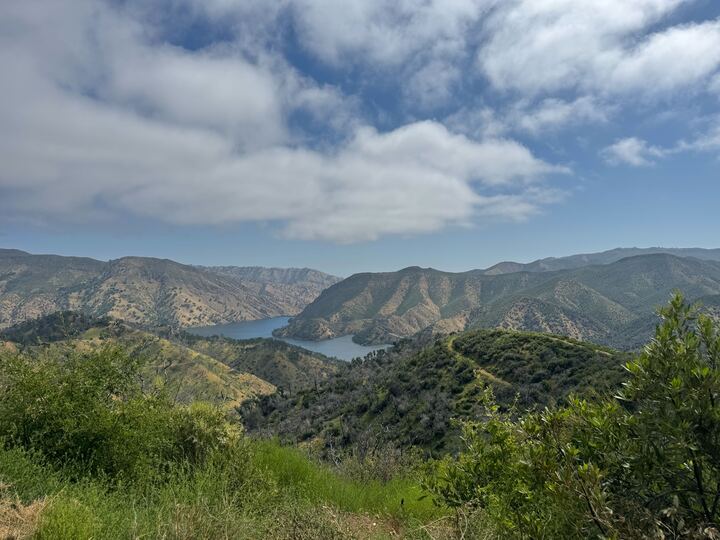The Great Granary Quest Takes a Planning Day
Our class meeting began with three people out inspecting Stebbins for granaries. While they were out, we began with a recap of what the three different groups found at Quail Ridge and Cahill. Once we shared our findings, it became clear: we didn’t have nearly enough granaries for the research we had imagined. But, with our collective minds that had read different papers we came up with some pretty good ideas to research.
“Adopt the pace of nature: her secret is patience.” - Ralph Waldo Emerson
Here are our minutes:
11:00 am - Stebbins group leaves
12:10 pm - Met in Briggs and began with a recap from each group
12:30 pm - Put information from readings and questions into "Woodpecker information and Ideas"
* Make the most out of granaries we find because we most likely wont find more than 20*
12:50 pm - Brainstorm plans
1:00 pm - split into groups and discuss plans
- Are our field methods adequate?
- What else do we want to measure in the field?
- What analyses do we perform?
- Do we need a new angle?
1:10 pm - Class Discussion
- Each of the four groups share what they thought about and synthesized ideas into some things we can quantify. Some ideas included:
- Need for more granaries!
- Comparing size of holes to filled vs unfilled to see what acorns are left behind
- Bark density of burned/unburned and how it relates to tree hole size --> would burned areas have bigger wholes? Compare granaries vs no granaries?
- Is acorn hole size systematic? Fact: As they are smaller they get moved to a new hole
- Find more granaries
- Places to try
- Quail
- Email bobcat
- Consider Hastings which is a 4 hour drive away
- outside of class time thing that requires volunteers but the granaries are mapped and same species of woodpecker
- Understand properties and distribution of acorns in holes
- tools
- Calipers
- Scale
- Cork puller
- Walkie talkies (necessary for safety!)
- Bark Properties - density
- Develop a neighborhood assessment - spatial analysis
- Satellite
- Ground data to compliment
- Photo analysis for height
Goal Progress!
Agenda for Wednesday
- Granary Seekers: Crystal, Ana, Stephanie, Amy, Serenity, Josh, Marlee
- Will go to Quail and maybe Cahill
- Acorn Analysts: Marshall, Mia, Elizabeth, Megan, Taylor, Arianna, Yusuf, Kelly, Damien
- Will go to Cahill to already found granaries
- Satellite Surveyors: Cameron, Ashley, Annika
- Will meet in Briggs



Comments
Post a Comment